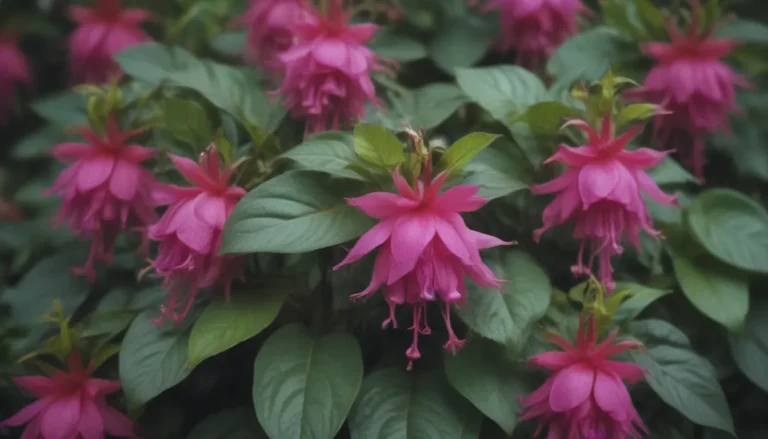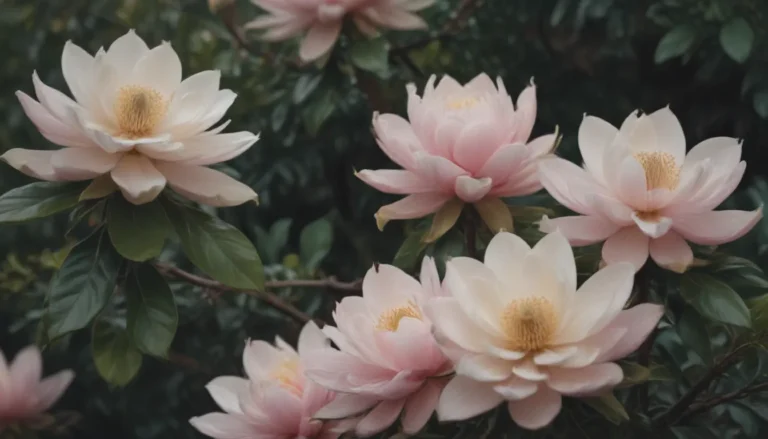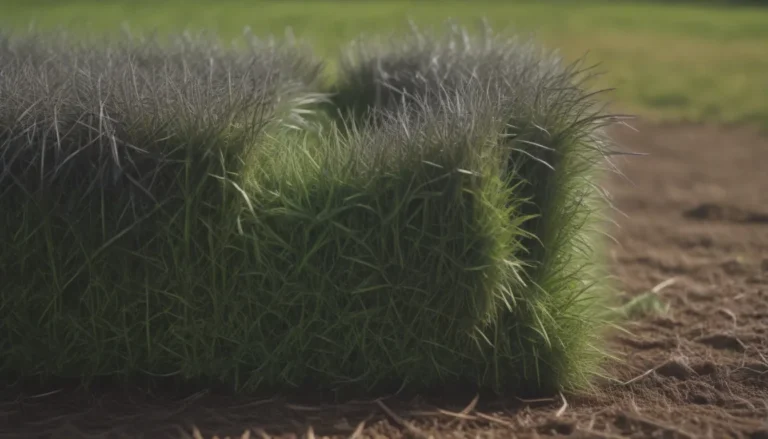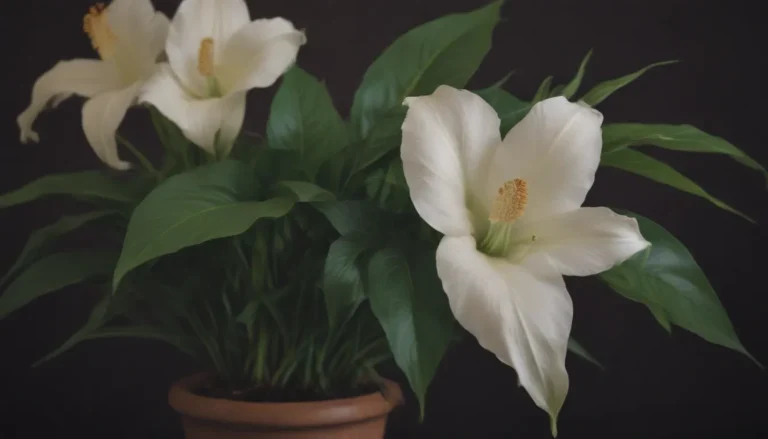Ultimate Guide to Growing and Caring for New England Asters
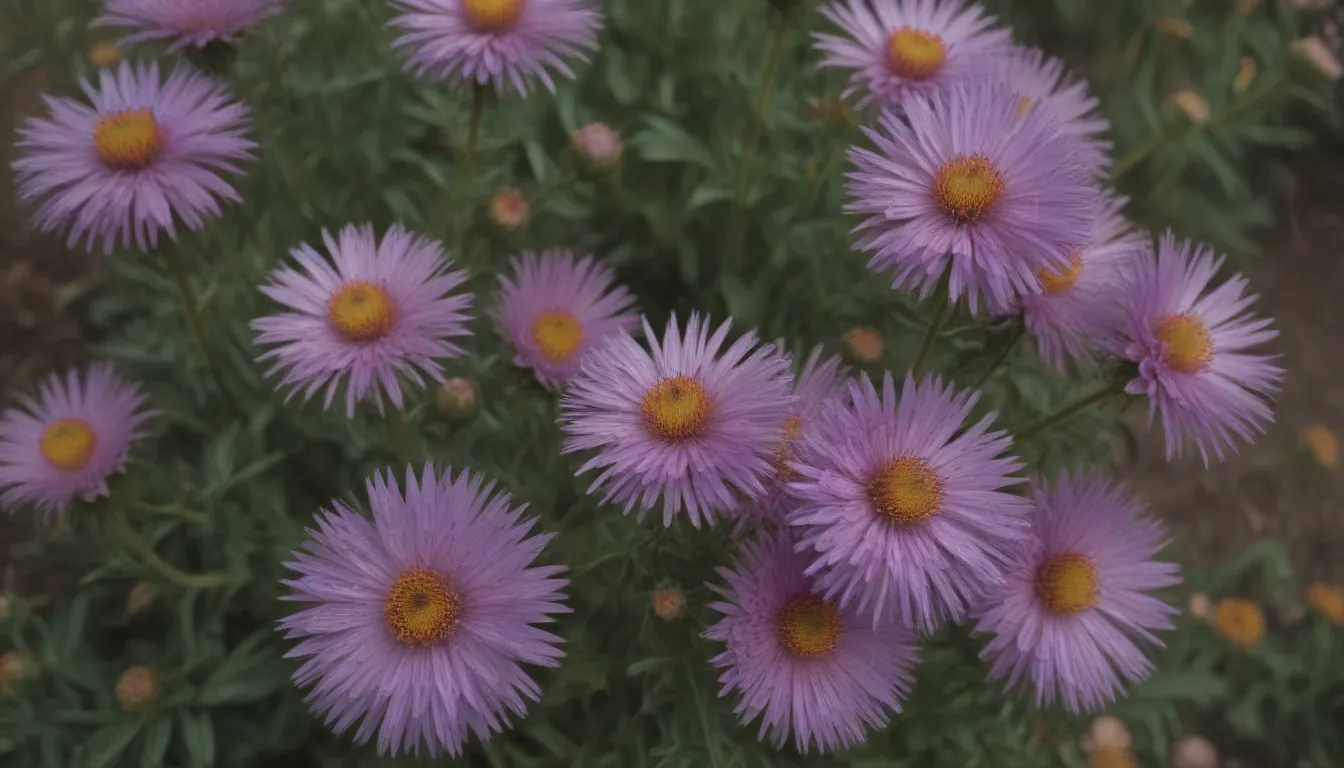
If you’re looking to add a splash of color to your fall garden, New England asters are a fantastic choice. These beautiful flowers are fast-growing and will typically bloom in their first year. With the proper care and attention, you can enjoy the stunning blooms of New England asters from late summer to early fall. In this comprehensive guide, we’ll cover everything you need to know to successfully grow and care for New England asters.
Why Choose New England Asters?
New England asters, scientifically known as Symphyotrichum novae-angliae, are known for their vibrant fall blooms and hardy nature. These flowers are a favorite among gardeners for their ability to thrive in a variety of climates and soil conditions. Here are some reasons to consider adding New England asters to your garden:
- Fast-growing and typically bloom in their first year
- Vibrant fall blooms add a pop of color to your garden
- Hardy and can tolerate a range of soil types
- Attractive to pollinators like bees and butterflies
New England Aster Care Guide
Light
New England asters thrive in full sun, so be sure to plant them in a location that receives at least six to eight hours of sunlight daily. Adequate sunlight is essential for these plants to grow and bloom their best.
Soil
These plants prefer rich soil with a slightly acidic pH and good drainage. While they do best in acidic soil, New England asters are also tolerant of other soil types, including clay soil. Ensure that the soil is well-draining to prevent waterlogging, which can lead to root rot.
Water
New England asters prefer moist soil, so be sure to water them regularly, especially during periods of little to no rainfall. While they can tolerate lower levels of soil moisture, it’s essential to keep the soil consistently moist to promote healthy growth.
Temperature and Humidity
New England asters thrive in USDA hardiness zones 4 to 8 and can withstand a range of temperatures. However, extremely hot weather can cause the plants to wilt, so be sure to provide adequate water and shade during heatwaves. Good air circulation is also crucial to prevent diseases caused by high humidity.
Fertilizer
Fertilize your New England asters in the spring when new growth appears. Use a fertilizer formulated for flowering plants, with a higher phosphorus content than nitrogen or potassium. Follow the product’s instructions for the recommended amount to use. Additionally, enriching the soil with compost can provide nutrients for healthy growth.
Types of New England Aster Varieties
New England asters come in a variety of colors and flower forms. Here are some popular varieties to consider for your garden:
- ‘Harrington’s Pink’
- ‘September Ruby’
- ‘Alma Potschke’
- ‘Purple Dome’
- ‘Barr’s Blue’
These varieties offer a range of colors, from pink to purple, that will add visual interest to your garden.
Pruning and Propagation
Pruning
In early summer, pinch back the stems of your New England asters every few weeks to promote bushier growth. Be sure to stop pruning by August to avoid removing flower buds. If your plants become tall and lanky, consider staking them to prevent the stems from flopping over. Cut the asters back to the ground after they finish flowering in the fall.
Propagation
New England asters can be easily propagated through division, cuttings, or seeds. Division is a popular method among gardeners as it ensures a true representation of the parent plant. Cuttings can also be taken to propagate new plants.
To propagate from division, wait until the aster plant is at least three years old to ensure a robust root system. Cuttings should be taken from healthy, mature plants to increase the chances of successful propagation.
How to Grow New England Aster from Seed
While New England asters readily self-seed in the garden, you can collect the seeds and germinate them indoors for controlled propagation. Collect the seeds from the puffball-like seed heads and sow them in well-draining soil.
Potting and Overwintering
Potting
When potting New England asters, choose a pot slightly larger than the plant and ensure it has adequate drainage. Plant the aster in well-blended compost, cutting back the plant after flowering. Overwinter potted plants in a cold frame or greenhouse to protect them from harsh winter conditions.
Overwintering
To prepare your asters for winter, water the ground well before the first freeze and cut the plants back to soil level after the ground freezes. Mulch the plants with 2-3 inches of mulch to insulate them from extreme temperatures. Leaving the foliage intact can provide shelter for overwintering insects and small animals.
Common Plant Diseases and Solutions
While New England asters are hardy plants, they can be susceptible to powdery mildew, a fungal disease that affects many garden plants. Here are some common plant diseases you may encounter and how to address them:
Powdery Mildew
Powdery mildew presents as white or gray patches on the leaves and stems of infected plants. To treat powdery mildew, apply a fungicide specifically formulated for the disease. Prune off infected portions of the plant to prevent the disease from spreading. Good airflow among plants and watering at the base of the plant can help prevent powdery mildew.
Aster Yellows
Aster yellows is a disease caused by the aster leafhopper insect, which spreads a bacterium that affects the entire plant. Unfortunately, there is no treatment for aster yellows, and the affected plants should be removed immediately to prevent the spread of the disease.
How to Encourage Blooming in New England Asters
New England asters bloom in the late summer to early fall, producing daisy-like flowers in shades of pinkish-purple with yellow-orange centers. To encourage blooming in your asters, consider the following tips:
- Ensure the plant receives adequate sunlight and water
- Avoid over-fertilizing, as too much nitrogen can inhibit flowering
- Prune the plant to promote bushier growth and more blooms
Common Problems with New England Asters
If you encounter issues with your New England asters, such as stunted growth or dropping leaves, here are some common problems and solutions:
Stunted Growth
Aster yellows, caused by the aster leafhopper, can result in stunted growth, malformed flowers, and a weakened plant overall. Unfortunately, there is no treatment for aster yellows, and affected plants should be removed promptly to prevent the spread of the disease.
Dropping Leaves
If your asters are dropping leaves, they may be stressed due to lack of water. Ensure the plants are receiving adequate moisture and consider improving drainage to prevent waterlogging.
In conclusion, New England asters are a beautiful addition to any garden, with their vibrant blooms and hardy nature. By following the care tips outlined in this guide, you can enjoy a stunning display of fall flowers year after year. Whether you’re a seasoned gardener or a beginner, New England asters are a fantastic choice for adding color and interest to your outdoor space. Happy gardening!
